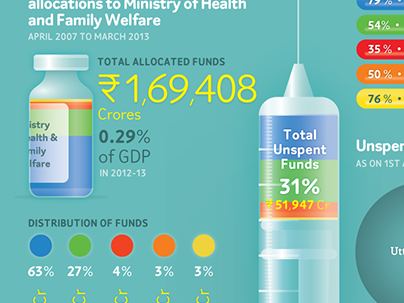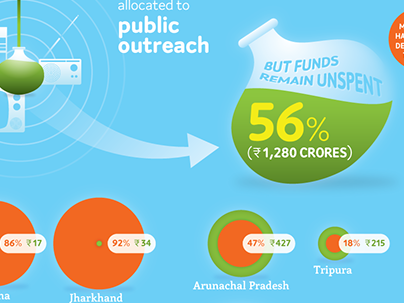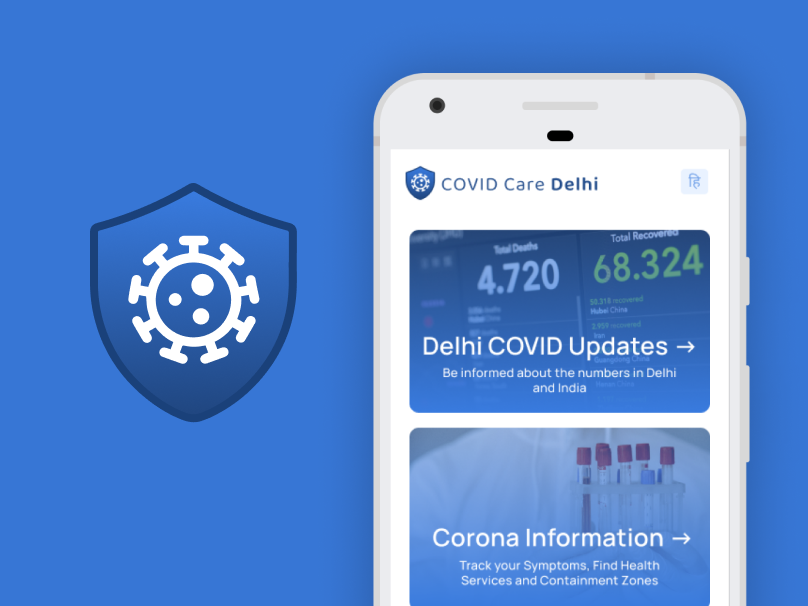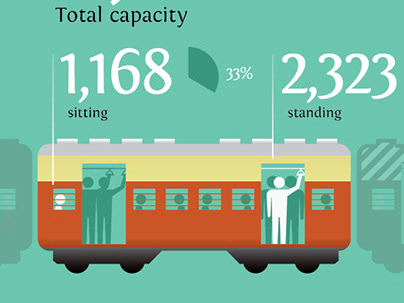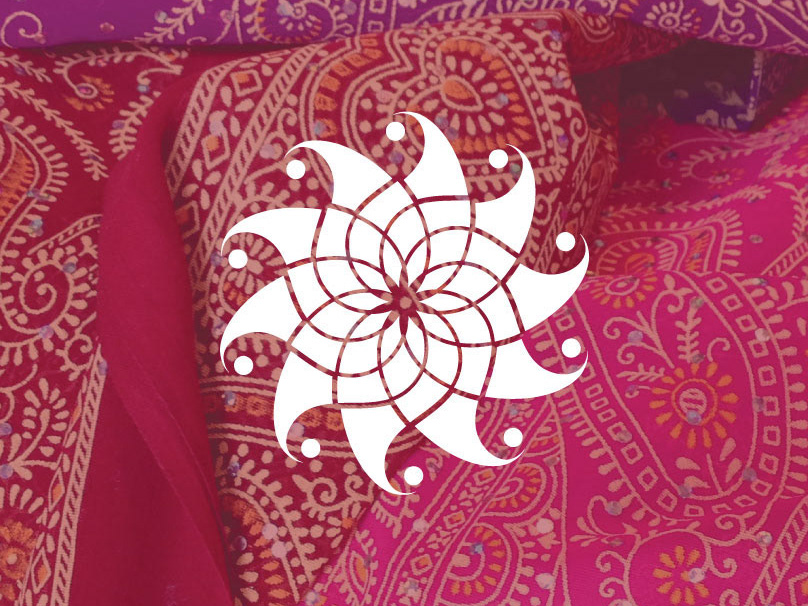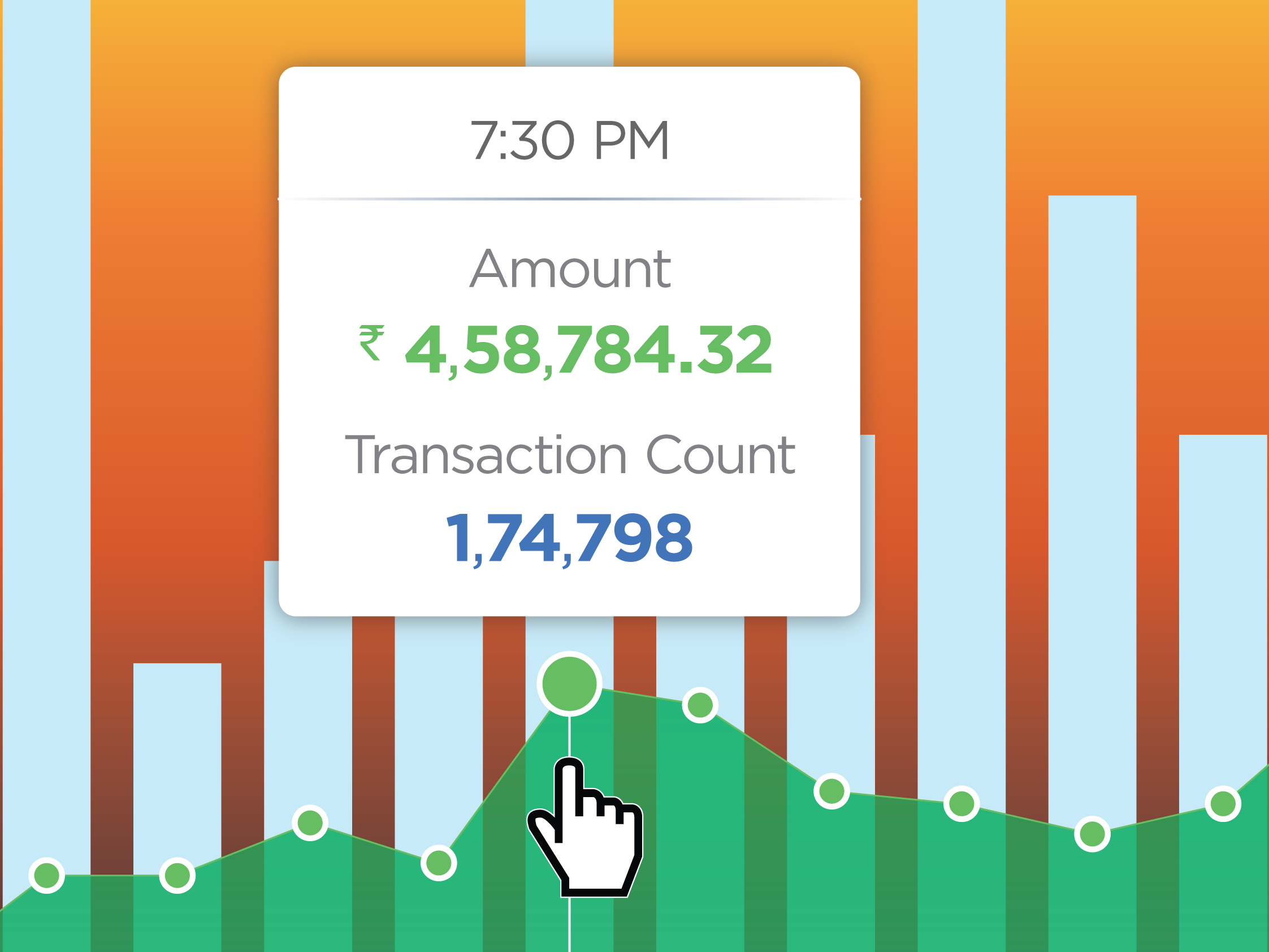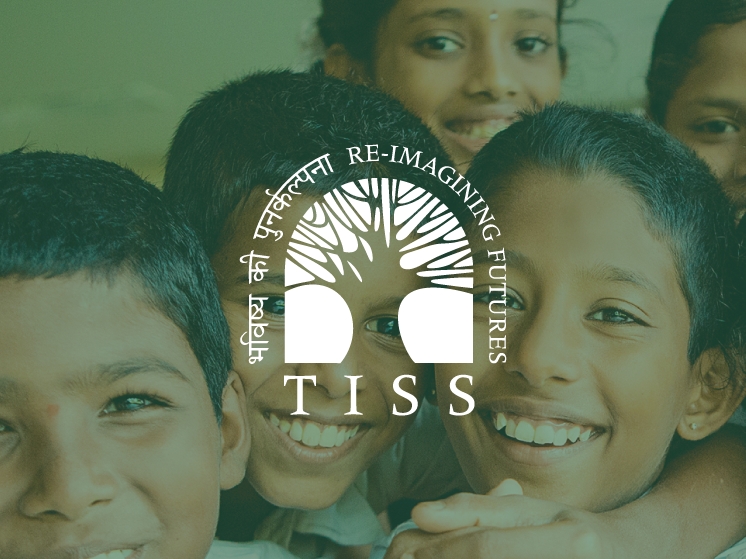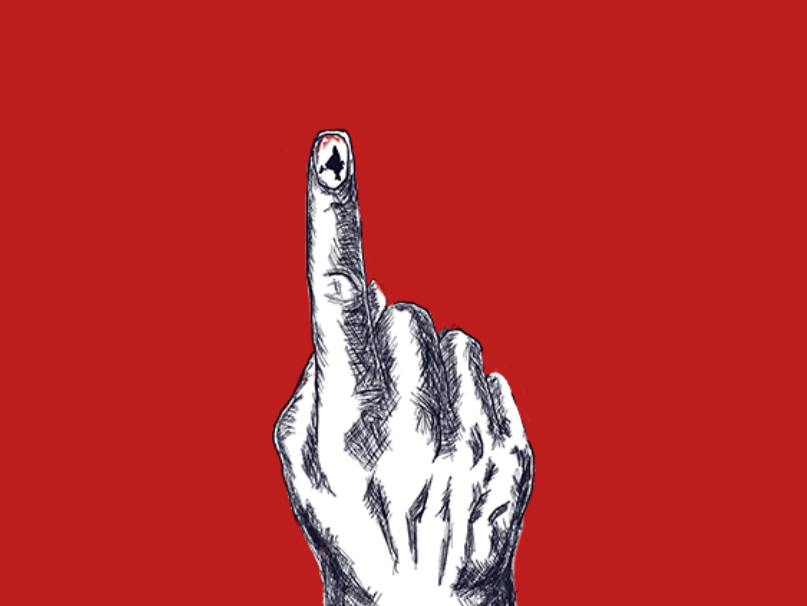There's a pleasure sure to being mad,
that only madmen know
John Dryden in ‘The Spanish Friar’ (1681)
One of the most interesting and lovely design projects for me, so far. The challenge has been to soak in all the beautiful content that has come in from all parts of India and channel it through a simple interface system. Some of the 'methods' I employed in the design are:
Helping the readers get lost
The pages on the website that display content follow a consistent scheme guided by common web components that maintain familiarity and guide the user through and between different and connected content on the site. The components range from evidently bold pieces of UI such as the header or the footer to more inner components such as an author bio to even finer piece such as a story connector which appears in the form of a 'from' alongside or at the end of a story that you may have just read.
Letting the images lead
Every opening, whether it's the landing page of the site or a story is started by an image. In this iteration, in fact, the user has an option to dismiss the 'interface' and view the image in it's full glory. Not just that, one can even view the story in pictures, which simply brings up the image gallery viewer.
The Homepage of PARI
Mobile version of the homepage of PARI
A section of stories in PARI
Creative freedom
The zaniness of PARI allows for, alongwith some straightforward requirements, subtle play like in the scenario below where a reader scrolls down in a story category section and the title floats over the story thumbs.
Conversational approach in the UI
Even in the interface outside the story itself, the UI is designed to be speaking to the reader. So, e.g. if you've just finished reading a story or watching a talking album, there is an elegant 'You just finished reading...' by...
Inside the gallery viewer of PARI - this is the generic UI for all the gallery item types - images, talking albums or videos
The concluding slide of an album
The Library
The PARI Library is the archive of some of the most important documents in India. The documents are organised into rooms such as 'British Raj', 'District Census Handbooks', etc for the convenience of a researcher who may be looking for literature on a very specific subject.
Default cover templates for 'cover-less' documents
We've created a simple and elegant way to display the documents that either don't have a cover that's legible in a small size or don't have a cover at all. This includes whitepapers which appear as blur in the thumb size.
Documents in the PARI library is organised in rooms
The PARI Index • Stories through numbers
The PARI index is a new initiative by the PARI team to bring in key numbers from the information corners of India to weave together important and urgent stories.
The PARI index page
Below is a clickable prototype of the library for the desktop:
Below is a clickable prototype of the library for the mobile:

